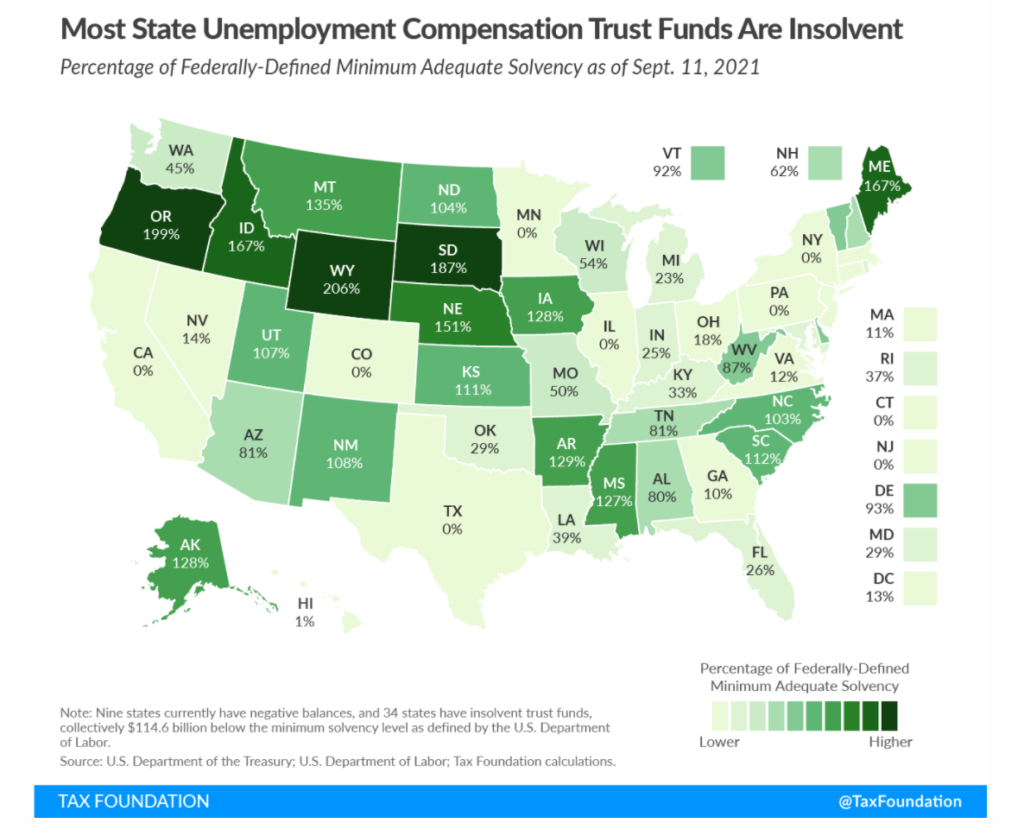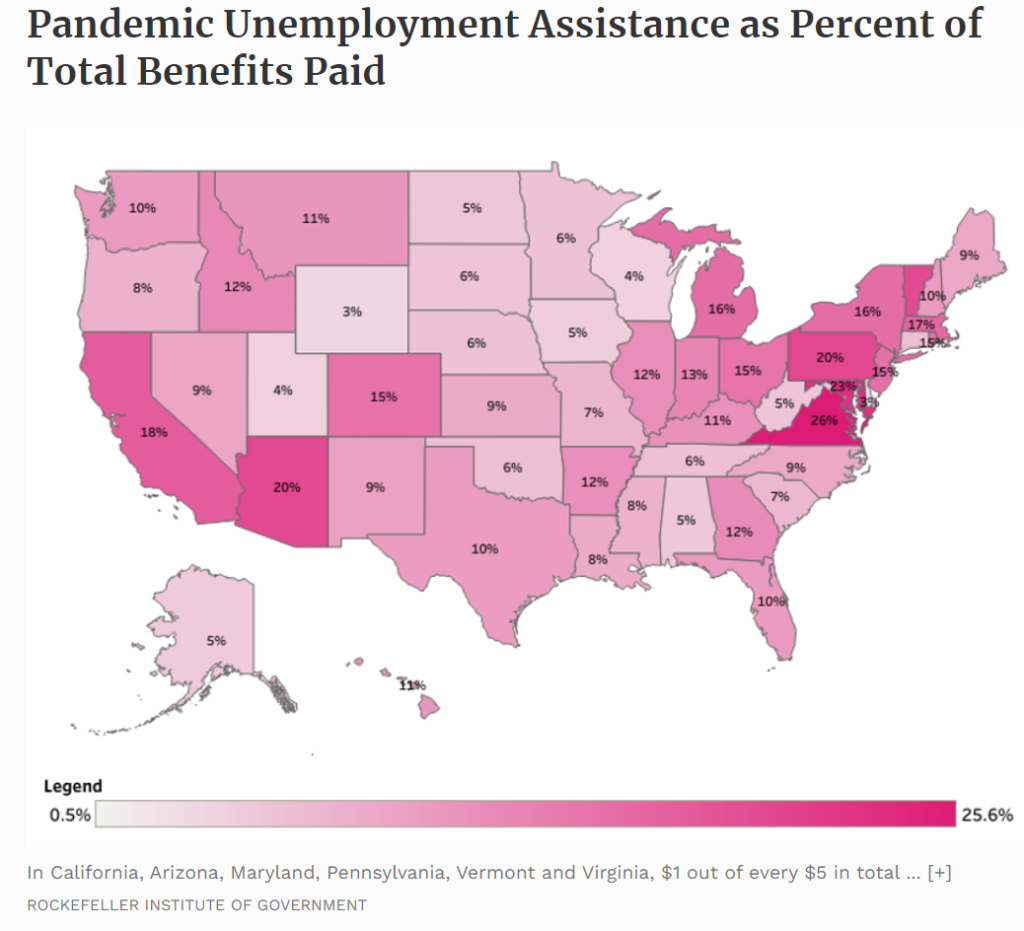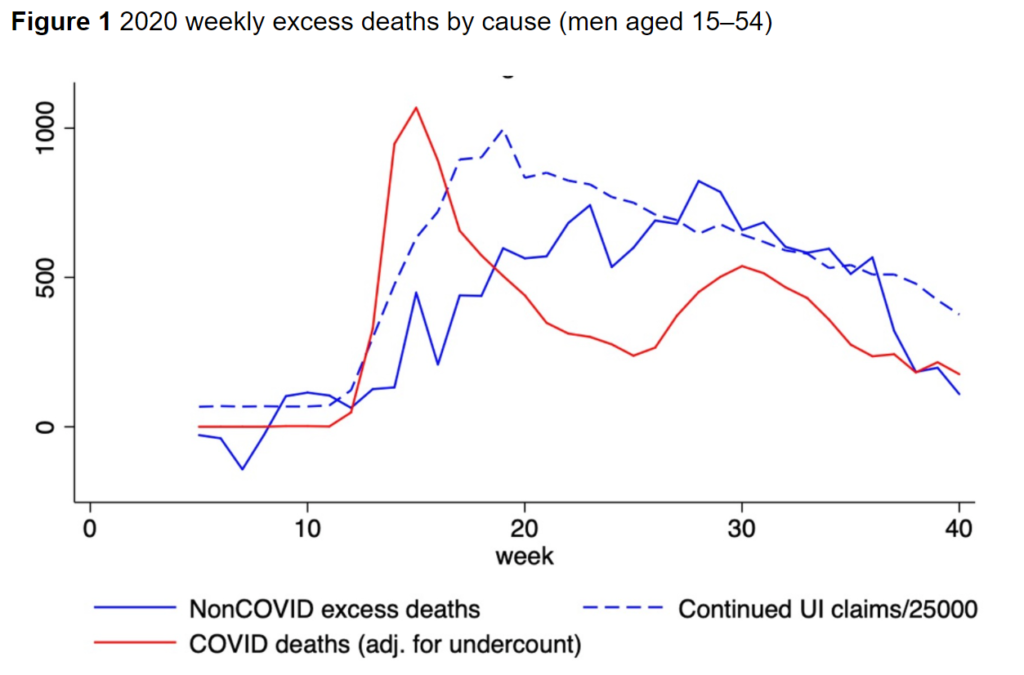Excerpt:
States collected nearly $455 billion in total income tax revenue in fiscal 2021—an astounding 14.7% increase over the prior year. That’s according to the latest report from the National Association of State Budget Officers (NASBO), which covers spending through June 2021. Over two years, income tax revenue is up 15%.
However, these numbers are highly influenced by unusual economic times. For starters, states delayed their tax filing deadline by several months when the pandemic began. For most, this pushed their 2020 income tax revenue into the next fiscal year. This artificially deflated 2020’s numbers while inflating 2021 collections.
The federal stimulus has also played a role. Since March 2020, the feds have doled out $867 billion in cash to households via three Economic Impact Payments. While those payments weren’t taxable, they could indirectly increase state tax liability for some. (The New York Times NYT +1% has a good explainer on that.) Plus, unemployment insurance — which most states do tax — received a massive boost for about 15 months.
Author(s): Liz Farmer
Publication Date: 1 Dec 2021
Publication Site: Forbes




